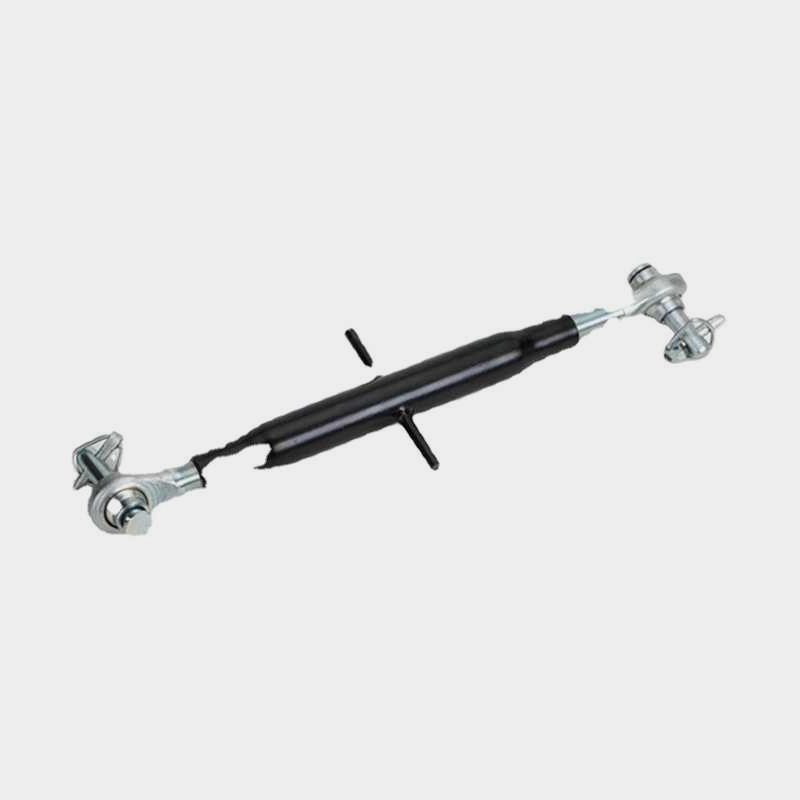Call Us
+86-13486669457Exposure to environmental factors like saltwater or chemicals can significantly impact the performance of stainless steel turnbuckle assemblies:
Corrosion Resistance: Stainless steel's corrosion resistance stems from its chromium content, which forms a passive oxide layer on the surface when exposed to oxygen. However, saltwater introduces chloride ions, which can break down this protective layer, initiating corrosion. This process, known as chloride-induced pitting corrosion, manifests as localized pits or holes on the surface. Regular inspections involving visual examination and possibly non-destructive testing techniques like ultrasonic testing are crucial to detect early signs of pitting corrosion.Implementing a proactive maintenance schedule that includes cleaning and passivation treatments can help restore and maintain the passive film, enhancing the turnbuckle assembly's resistance to corrosion.
Pitting Corrosion: Pitting corrosion occurs when localized breakdowns in the passive film result in aggressive attack at specific points on the stainless steel surface. In saltwater environments, the presence of chloride ions exacerbates this phenomenon by accelerating the initiation and propagation of pits. Factors such as temperature, pH, and oxygen availability can further influence pitting corrosion rates. Employing stainless steel grades with higher chromium and molybdenum content, such as 316 or duplex stainless steels, can enhance resistance to chloride-induced pitting corrosion. Surface treatments like electropolishing or application of corrosion inhibitors can mitigate pitting corrosion risks by promoting a smoother surface and inhibiting aggressive ion ingress.
Crevice Corrosion: Crevice corrosion occurs in confined spaces where stagnant solutions can form, leading to localized corrosion attack. Turnbuckle assemblies often feature threaded connections or interlocking components that create potential crevices where saltwater or chemicals can accumulate. In these areas, oxygen depletion and concentration of aggressive ions can accelerate corrosion rates. Minimizing crevice geometries through design modifications, such as using larger fillet radii or optimizing gasket materials, can mitigate crevice corrosion risks. Implementing regular cleaning procedures and flushing creviced areas with fresh water can help remove debris and stagnant solutions, reducing the likelihood of corrosion initiation.
Chemical Compatibility: Stainless steel's resistance to chemical corrosion varies depending on factors such as alloy composition, concentration, and temperature of the chemical solution, and exposure duration. While stainless steel exhibits excellent resistance to many chemicals, it may be susceptible to corrosion in certain aggressive environments. Conducting thorough compatibility assessments, including immersion testing or reference to corrosion resistance tables and charts, can aid in selecting the most suitable stainless steel grade for the intended application. Implementing corrosion monitoring techniques, such as corrosion coupons or electrochemical probes, can provide real-time data on the material's performance in specific chemical environments, enabling timely intervention and maintenance.
Galvanic Corrosion: Galvanic corrosion occurs when two dissimilar metals are in electrical contact in the presence of an electrolyte, resulting in accelerated corrosion of the less noble (anodic) metal. In turnbuckle assemblies, where stainless steel components may come into contact with other metals such as carbon steel or aluminum, galvanic corrosion can occur if adequate precautions are not taken. Utilizing insulating materials or coatings, such as rubber gaskets or epoxy paints, between dissimilar metals can prevent direct electrical contact and mitigate galvanic corrosion risks. Employing sacrificial anodes or cathodic protection systems can redirect corrosion currents away from critical stainless steel components, further safeguarding against galvanic corrosion.
3 Point Turnbuckle Ball Ends Bolts Tractor Forklift Forged Top Link


 中文简体
中文简体
 English
English









